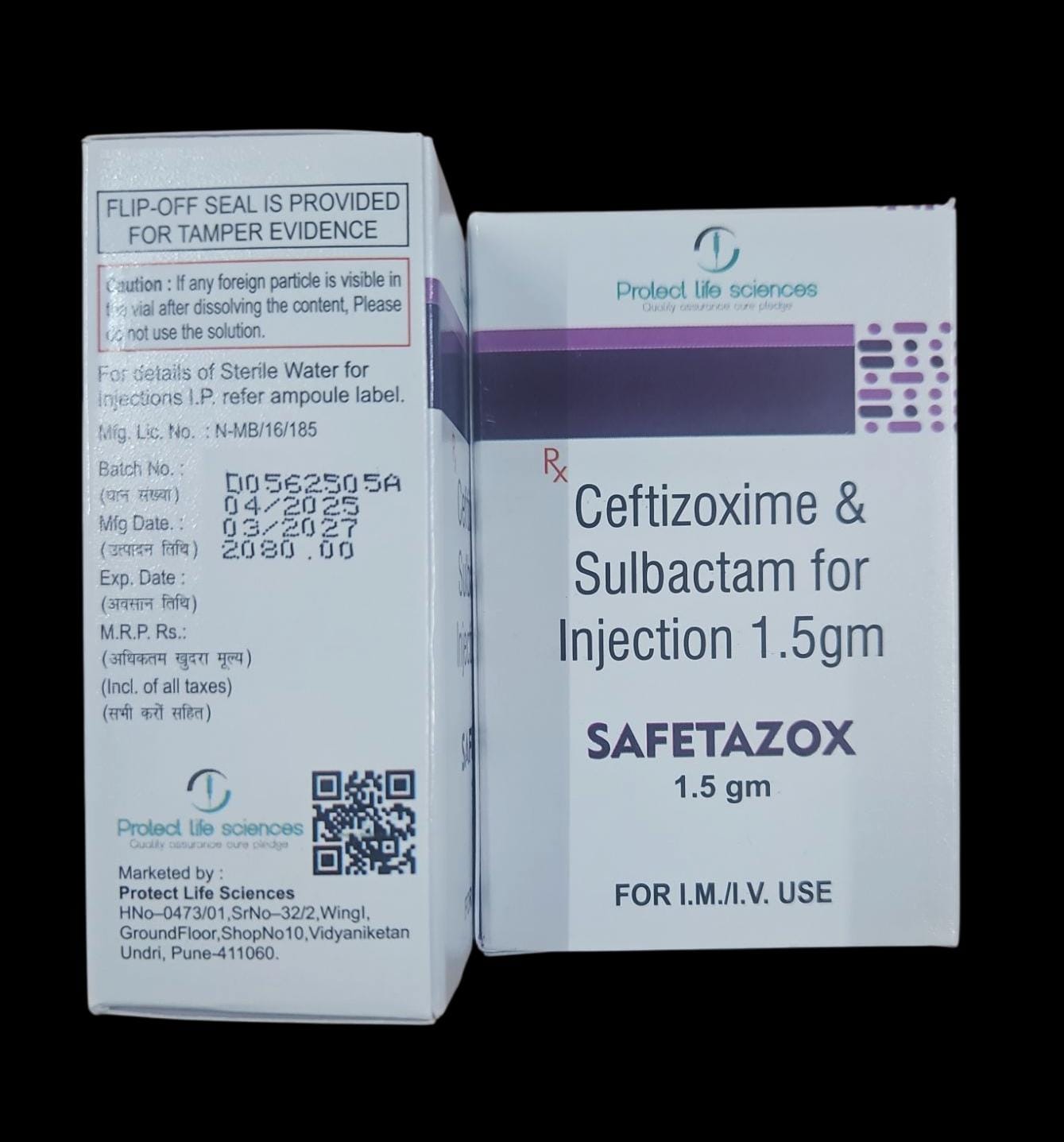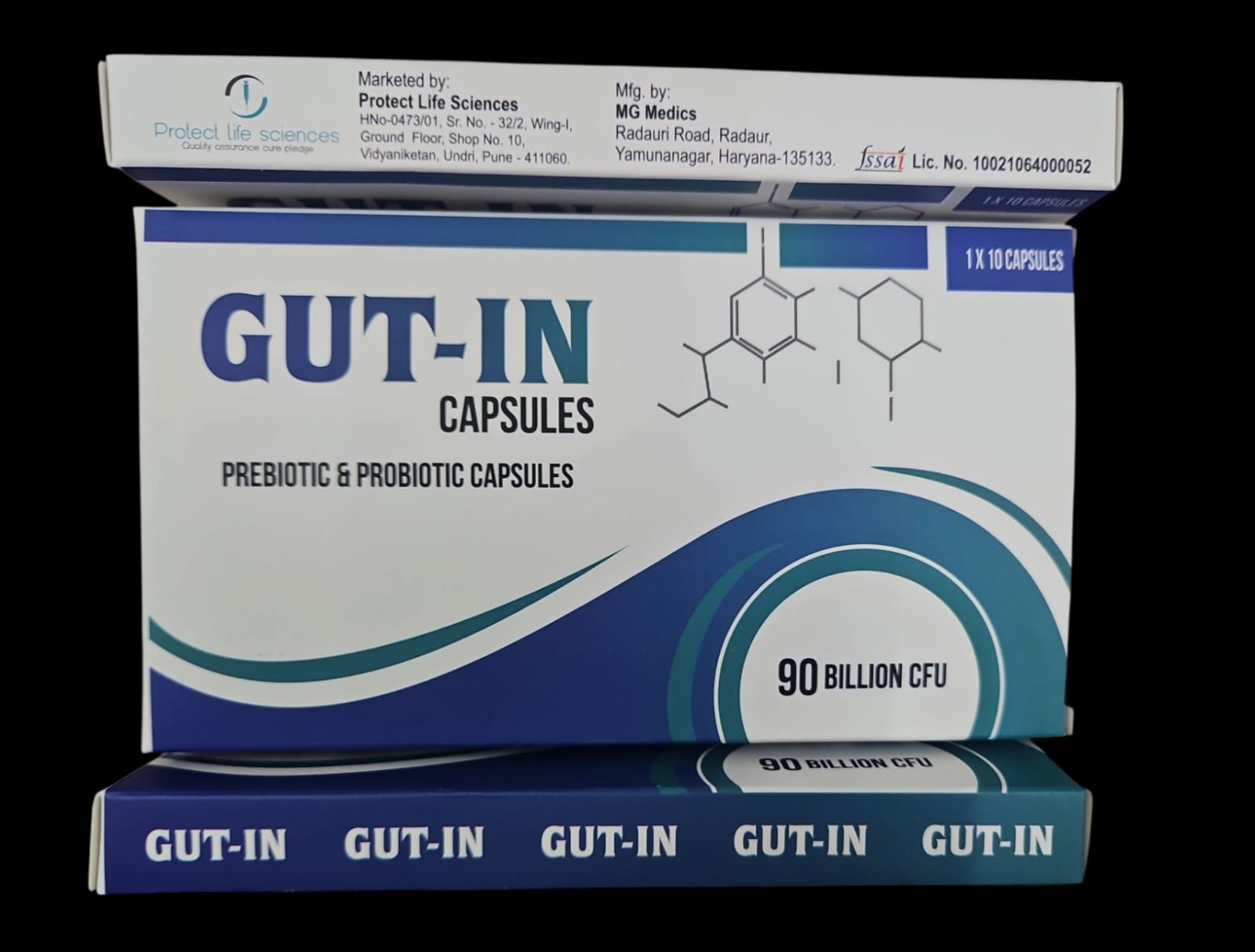Description
Product details
Sulbactam/Cefoperazone 1:1 and 1:2 (1.5gm & 3gm Injection) QUALITATIVE AND QUANTITATIVE COMPOSITION Sulbactam sodium I.P./cefoperazone sodium I.P. combination is available as a dry powder for reconstitution in a 1:1 and 1:2 ratio in terms of free Sulbactam /Cefoperazone Sulbactam sodium I.P. is a derivative of the basic penicillin nucleus. It is an irreversible beta-lactamase inhibitor for parenteral use only. Chemically it is sodium penicillinate sulfone. It contains 92 mg sodium (4 mEq) per gram. Sulbactam is an off-white crystalline powder which is highly soluble in water. The molecular weight is 255.22. Cefoperazone sodium I.P. is a semisynthetic broad-spectrum cephalosporin antibiotic for parenteral use only. It contains 34 mg sodium (1.5 mEq) per gram. Cefoperazone is a white crystalline powder which is freely soluble in water. The molecular weight is 667.65. List of Excipients None DOSAGE FORM AND STRENGTH Vials of the 1:1 product contain the equivalent of 500 mg + 500 mg and 1000 mg + 1000 mg of sulbactam and cefoperazone, respectively. Vials of the 1:2 product contain the equivalent of 500 mg + 1000 mg and 1000 mg + 2000 mg of sulbactam and cefoperazone, respectively Therapeutic Indications Mono-therapy Sulbactam/cefoperazone is indicated for the treatment of the following infections when caused by susceptible organisms: Respiratory Tract Infections Urinary Tract Infections (Upper and Lower) Intra-abdominal Infections Septicemia Meningitis Skin and Soft Tissue Infections Bone and Joint Infections Endometritis Other Infections of the Genital Tract Magnex Forte 1.5 g and Magnex Forte 3.0 g (Vials of the 1:2 product containing the equivalent of 500 mg + 1000 mg and 1000 mg + 2000 mg of sulbactam and cefoperazone, resp.) are indicated for specific subset of patients (immunocompromised febrile neutropenic cancer patients, bone marrow transplant). Concomitant Use Because of the broad-spectrum of activity of sulbactam/cefoperazone, most infections can be treated adequately with this antibiotic alone. However, sulbactam/cefoperazone may be used concomitantly with other antibiotics if such combinations are indicated. If an aminoglycoside is used (see section 8.1 Incompatibilities, Aminoglycosides), renal function should be monitored during the course of therapy (see section Posology and Method of Administration, Use in Renal Dysfunction). 4.2 Posology and Method of Administration Sulbactam/Cefoperazone (sulbactam sodium/cefoperazone sodium combination) is available in bottles for parenteral use only. The combination sulbactam sodium/cefoperazone sodium, is available as a dry powder for reconstitution in a 1:1 and 1:2 ratio in terms of free sulbactam and cefoperazone. Vials with a 1:1 ratio contain the equivalent of 500 mg + 500 mg and 1000 mg + 1000 mg of sulbactam and cefoperazone, respectively. Vials with a 1:2 ratio contain the equivalent of 500 mg + 1000 mg and 1000 mg + 2000 mg of sulbactam and cefoperazone, respectively. Intravenous Administration For intermittent infusion, each vial of sulbactam/cefoperazone should be reconstituted with the appropriate amount (see section 8.4 Storage and Handling Instructions, Reconstitution) of 5% Dextrose in Water, 0.9% Sodium Chloride Injection or Sterile Water for Injection and then diluted to 20 ml with the same solution followed by administration over 15 to 60 minutes. Lactated Ringer’s Solution is a suitable vehicle for intravenous infusion, however, not for initial reconstitution (see section 8.1 Incompatibilities, Lactated Ringer’s Solution and section 8.4 Storage and Handling Instructions, Lactated Ringer’s Solution). For intravenous injection, each vial should be reconstituted as above and administered over a minimum of 3 minutes. Intramuscular Administration Lidocaine HCl 2% is a suitable vehicle for intramuscular administration, however, not for initial reconstitution (see section 8.1 Incompatibilities, Lidocaine and section 8.4 Storage and Handling Instructions, Lidocaine) Mechanism of Action The anti-bacterial component of sulbactam/cefoperazone is cefoperazone, a third generation cephalosporin, which acts against sensitive organisms during the stage of active multiplication by inhibiting biosynthesis of cell wall mucopeptide. Sulbactam does not possess any useful antibacterial activity, except against Neisseriaceae and Acinetobacter. However, biochemical studies with cell-free bacterial systems have shown it to be an irreversible inhibitor of most important beta-lactamases produced by beta-lactam antibiotic-resistant organisms. The potential for sulbactam's preventing the destruction of penicillins and cephalosporins by resistant organisms was confirmed in whole-organism studies using resistant strains in which sulbactam exhibited marked synergy with penicillins and cephalosporins. As sulbactam also binds with some penicillin binding proteins, sensitive strains are also often rendered more susceptible to sulbactam/cefoperazone than to cefoperazone






